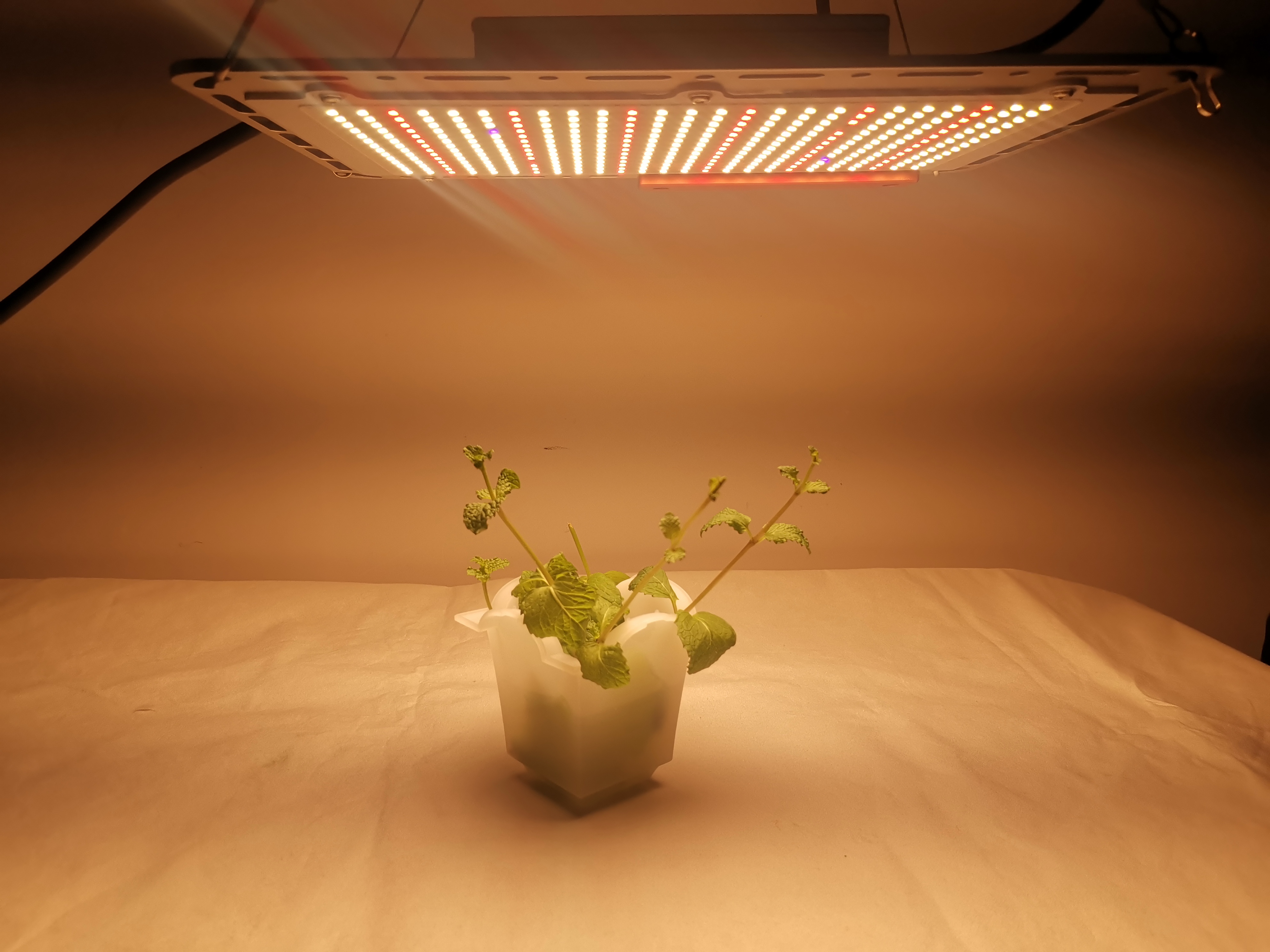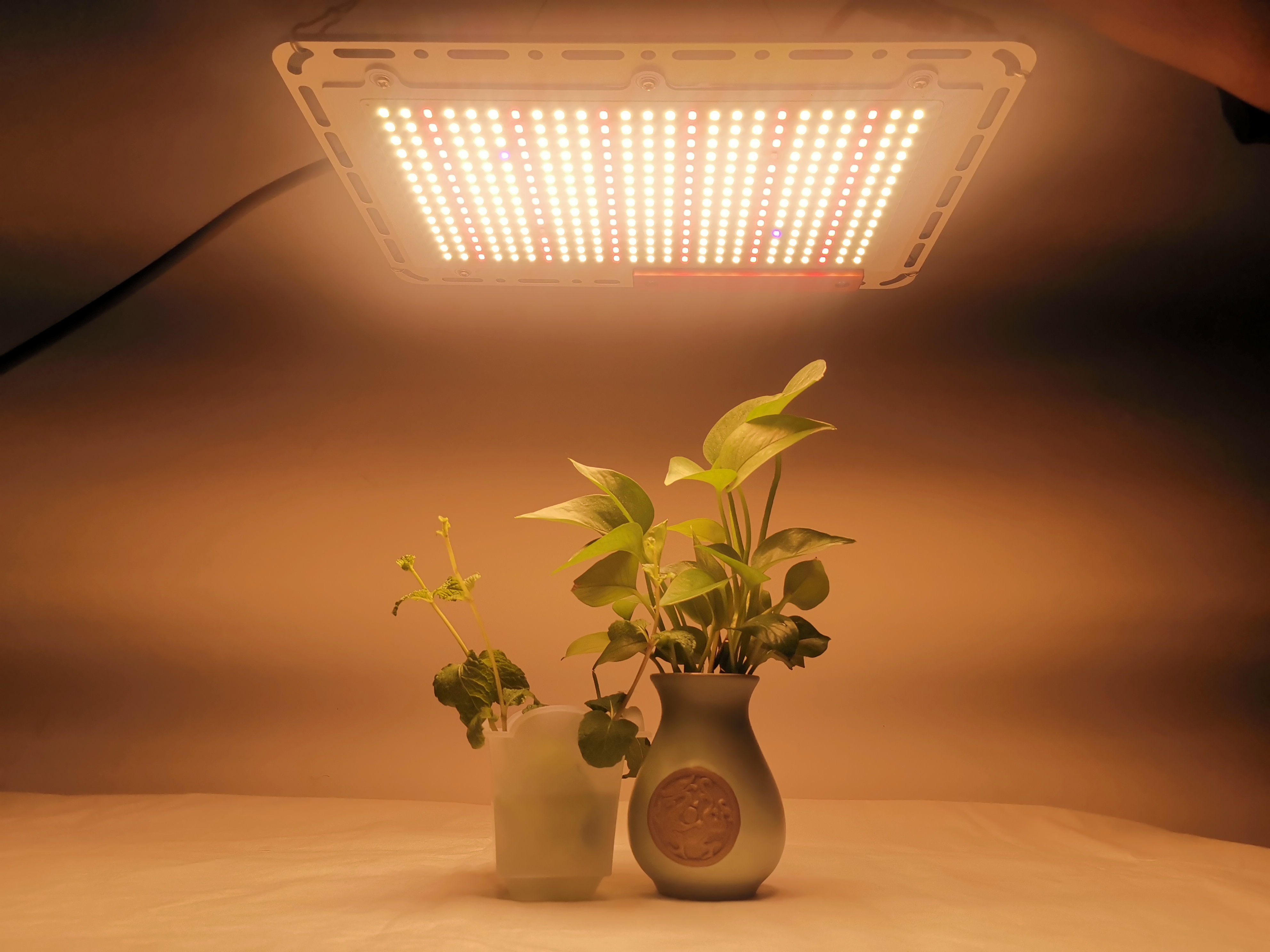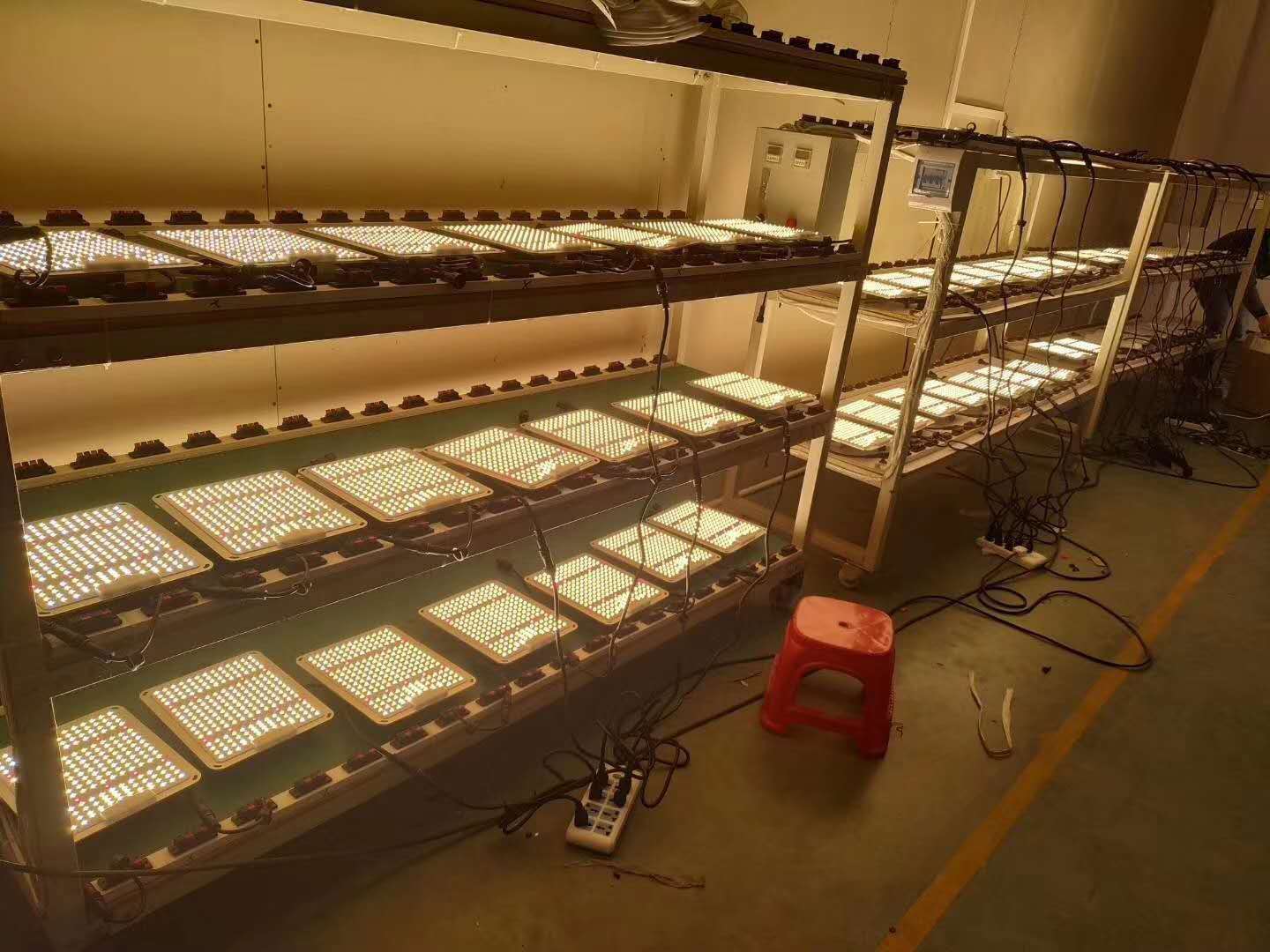Aluminium flakes produce the following oxidation reactions in water, leading to gas evolution: 2Al+6H2O--→2Al(OH)3+3H2 There are two techniques based on different principles for overcoming the above problems. One of them is the additive technology, which involves physically mixing additives on the surface of aluminum pigment particles and forming a protective layer on the outer layer of the aluminum sheet through a barrier layer mechanism. Ultimately prevents aluminum from reacting with water. The second technique is called cladding technology. The aluminum sheet is wrapped and the individual pigment particles are completely encapsulated. 1, additive technology The more common method of preventing aluminum flakes from generating gas is to use organophosphorus compounds for processing. This type of product has been in the market for many years and is already very mature. It usually appears as a 65% aluminum pigment slurry in various solvents. Different solvents are necessary because different resin systems and their compatibility with stabilizers must be combined. One of the product series (STAPAHydrolac series) contains solvent gasoline and another solvent. The solvent can be water (STAPAHydrolacW-series), methoxypropanol (STAPAHydrolacPM-series), or butanediol (STAPAHydrolacBG-series) ). The next step is to develop a series of products that contain only one of the above solvents without solvent gasoline (STAPAHydroxal). Such products can eliminate surface defects (such as fish eyes) caused by poor compatibility with solvent gasoline in coating systems. The hydrous STAPAHydroxalW series can be used to produce zero "VOC" coating products. One of the side effects of stability is that some properties of the coating can be adversely affected (eg, drying time, adhesion between coatings, moisture resistance). To make up for these adverse effects, the amount of stabilizer used can be reduced to a low level without sacrificing product performance. 2, coating technology The second technique for developing aqueous aluminum flakes is to completely coat the pigment particles to provide better protection. Past generations using coating technology use a layer of insoluble chromium (III) compound (STAPAHydrolux): These pigments do not contain soluble chromium (VI) salts (<1 ppm) and are therefore non-toxic. The second generation (newer product) is coated with silica and then further treated with organics (STAPA Hydrolan). Because of its unique sandwich structure, this generation of products is more stable when used on the circulation line. Sex. The amount of gas generated in these same paint formulations can be determined for these aluminum pigments with different stabilization methods. A standard formulation of water-borne paint was prepared and stored in a special device to determine the amount of hydrogen produced at 40°C for a certain period of time. The advantage of this type of test is that the results are very close to the real situation. The disadvantage is that the end result is obtained 10 or 30 days later, depending on the resin system used. However, many years of experience show that after 3 days of testing, a good estimate of the end result can already be made. Experts pointed out that various types of stabilizer products should be tested in individual resin systems in order to seek better overall stability. 3, formula design In order to optimize the optical performance, technology, and gas performance of the product, all raw materials, resins, pigments, and additives, as well as production technology, must be included in the formulator's consideration. Good mixing of the metal flake pigments with the resin: Improper mixing of the two - the shear force used is too high - can have a negative impact on the optical properties of the product. High shear forces can damage the flake pigment in two ways: first, it will bend the flake particles, thereby reducing their brightness; second, it will also peel off the protective layer from its surface, resulting in the generation of gas. Preparation of Aluminum Pre-Dispersion: All aluminum pastes need to be pre-dispersed in a suitable solvent to obtain a pigment paste. The pigment paste must be added to the coating system after all other components that require higher shear have been added. Wetting agents: In many cases, wetting agents should be added to the metal flake pigment paste to assist in the wetting of flake pigments. pH and Neutralization: If water-soluble resins are used, it is not advisable to use too basic neutralizers. For example, it is necessary to avoid the use of aqueous ammonia that tends to react with aluminum; it is more appropriate to use such as DMEA (dimethylacetamide). Or the amines of TEA (triethanolamine) neutralize the pH. In general, the pH should not be higher than 9, ideally between 7-8. Alignment of metallic flake pigments: This is a very important aspect of metallic effect coatings. Poor orientation will reduce the brightness and flop of the paint. The more the flake pigments can be aligned parallel to the substrate, the better the metallic effect of the pigments. Polyethylene wax dispersions can be added to waterborne coatings to improve their orientation properties. Samsung lm301b Quantum Board 110W
Samsung lm301b Quantum Board 110W, QB350 model, 1board with 350pcs led, meanwell driver, can do knob timer(optional).Can also do spectrum customized. Meanwell driver provide 5 yes warranty, normall driver 1yr warranty.
240W, 450W,600W available too.
System Led Grow Light works both for seeding, veg and bloom stages, promote the plant growth.
Grow Light Quantum Board,Best Quantum Board Grow Light,Diy Quantum Board Grow Light,Samsung Quantum Led Board Shenzhen Wenyi Lighting Technology Co., Ltd , https://www.szwenyigrow.com



Application of Aluminum Pigment Technology in Ink Coatings
